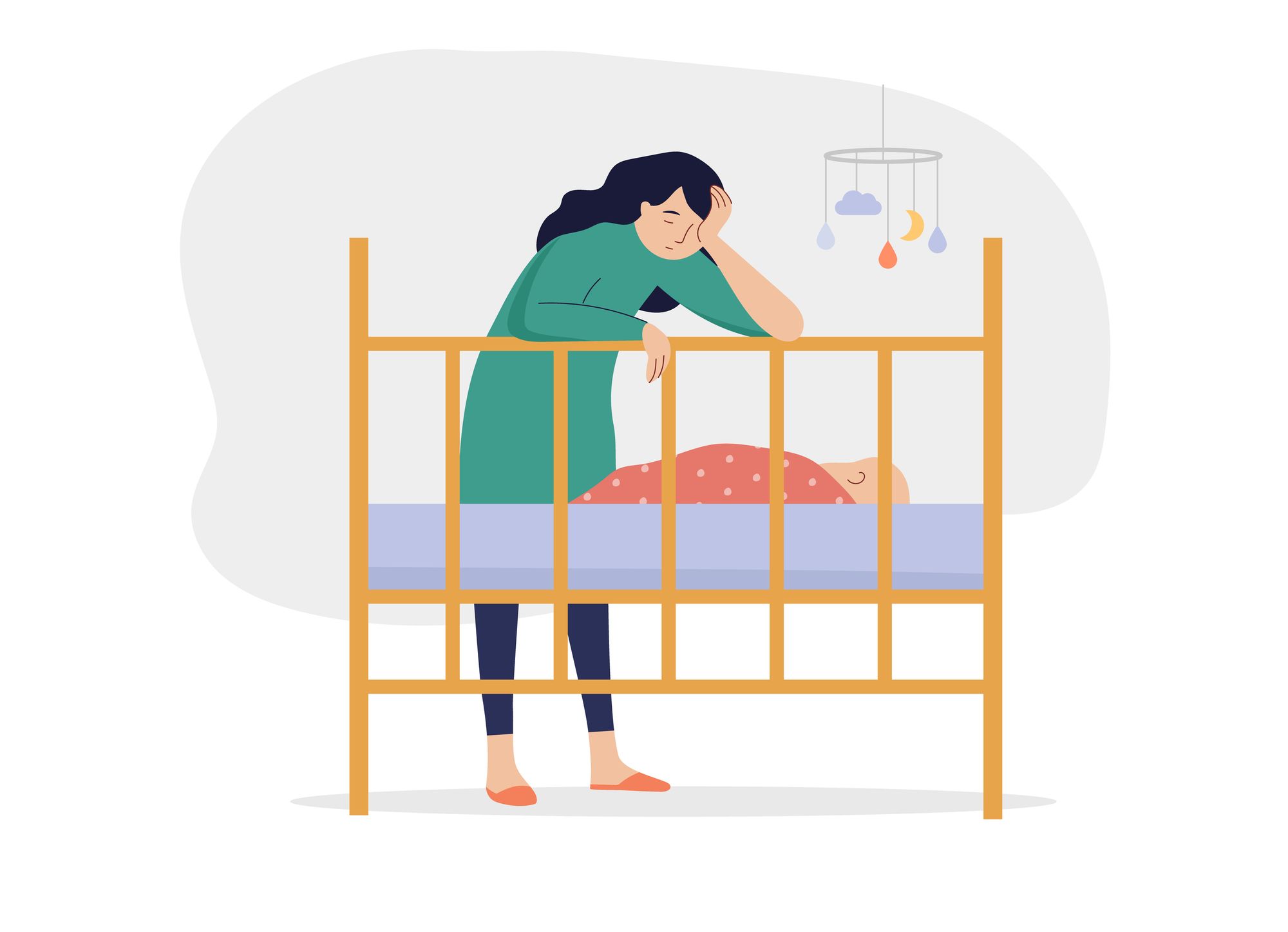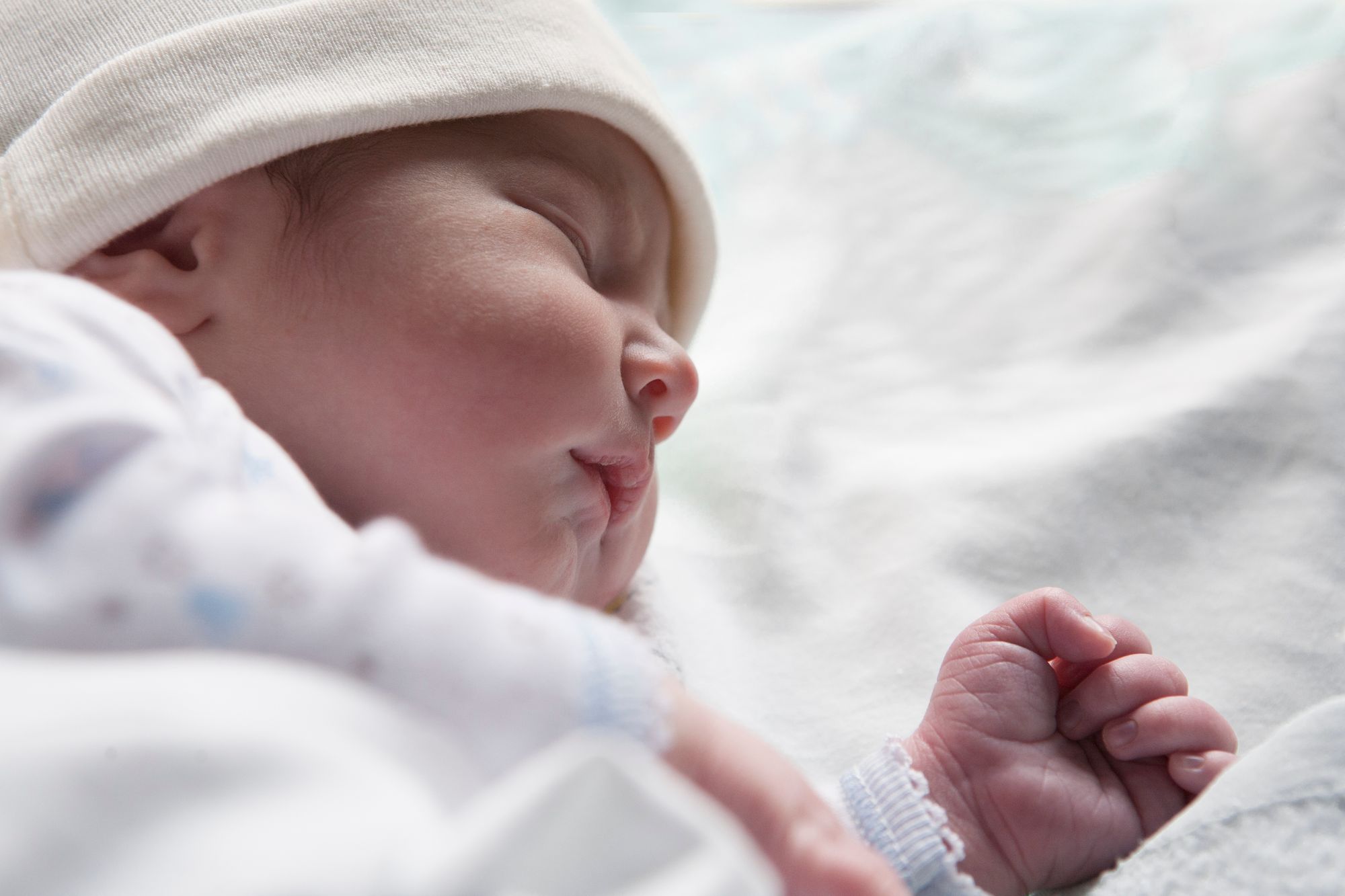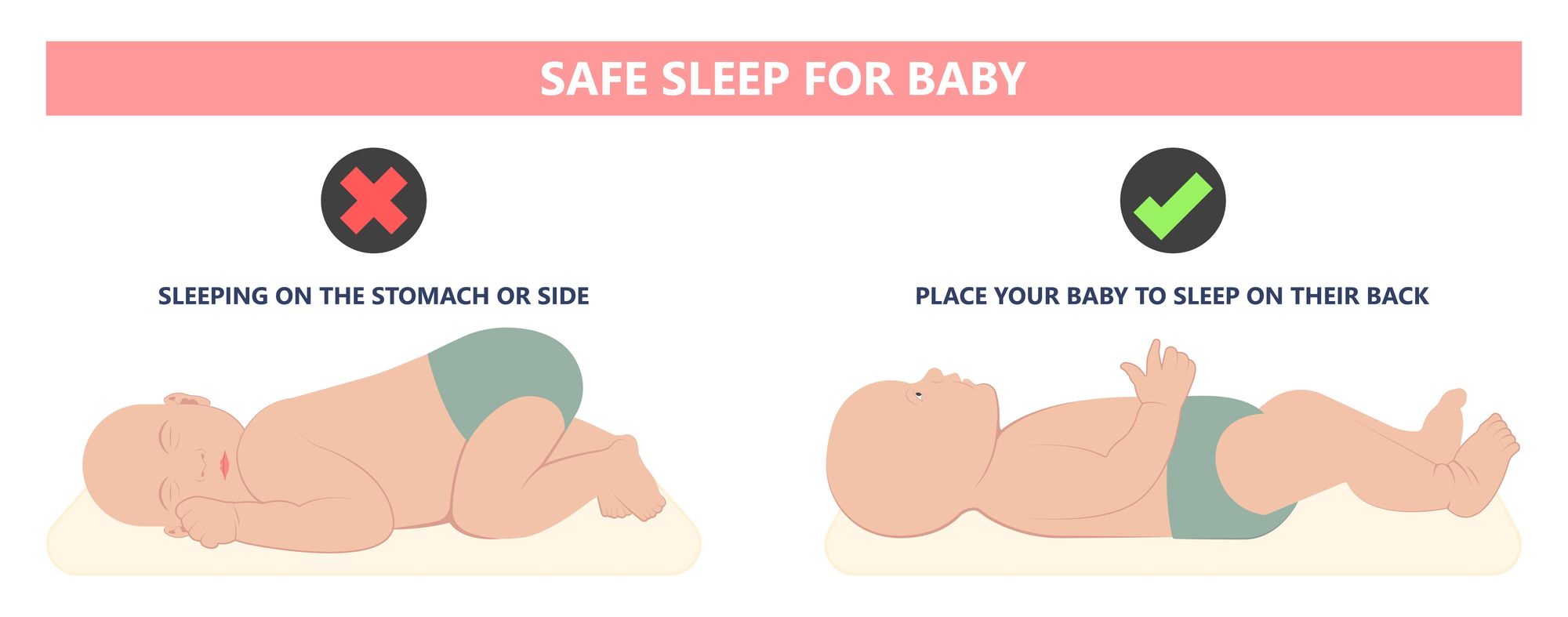Sudden Infant Death Syndrome (SIDS) is one of the leading causes of death in young children, more commonly in those <1 year of age and accounts for 1 death in every 2000 live birth. We spoke to Dr Sanjeeva Reddy, Consultant – Pediatrics, PICU & Neonatology, Manipal Hospital to learn more about this syndrome and the factors that trigger it and she started off by saying,
Sudden infant death syndrome (SIDS) or crib death typically occurs during sleep and is any parent’s worst fear. Although it can occur in children below 1-year-old, most SIDS (95%) are reported to have occurred in the first 6 months of life which peaks between the ages 2-4 months.
Risk Factors For Causing Sudden Infant Death Syndrome
Although the exact causes of SIDS are unknown, a combination of the following factors may make a newborn or an infant vulnerable to SIDS.

Maternal Risk Factors
- Inadequate Prenatal Care: Lack of awareness, poverty, or caring for multiple children in the family are the contributing factors for inadequate prenatal care for pregnant women which is associated with adverse pregnancy outcomes like preterm labour and birth of low-birth-weight infants.
- Mother’s Health Condition: A pregnant mother’s poor health condition combined with her smoking, alcohol or drug abuse can lead to the insufficient supply of oxygen and nutrients required for the normal growth and development of the foetus causing intrauterine growth retardation, premature birth and low birth weight in infants.
- Shorter Inter-pregnancy Intervals: A short interval of <18 months between pregnancies is associated with adverse pregnancy outcomes.
- Infant’s Birth Weight: Infants born prematurely or having low birth weight are at four times more risk of SIDS than infants who are born at term and have the normal birth weight. This risk of SIDS is believed to increase with lower gestational age and birth weight.

Infant Risk Factors
- Intrauterine Growth Delay: Due to an insufficient supply of nutrients and oxygen from the mother to the developing foetus, the foetus suffers major damage to the heart and brain. Intrauterine growth-retarded infants are usually born too small and mature late compared to other normal infants which put them at an increased risk for SIDS and other long-term consequences.
- Infant’s Sleep Position: Infants who sleep on their side or their stomach (prone sleeping position) are at a higher risk of SIDS by 2-3 folds.
- Infant’s Bed: Infants placed on soft foamy mattresses and covered with thick and heavy comforters, quilts or duvets are at an increased risk of sudden death by 20-fold due to an increase in the infant’s body temperature and suffocation.
- Viral Respiratory Infections: Most infants (around 80%) who died of SIDS had mild respiratory infections like a cold which may have caused some breathing issues and eventually suffocation and death.
- Genetic Factors: Infants with Polymorphism serotonin transporter gene (5-HTT) are at risk for sudden death. Also, infants whose siblings or cousins died of SIDS are at a greater risk of SIDS.

Preventive Measures To Protect Newborns & Infants From Sudden Death Syndrome
- Proper prenatal care including regular check-ups, and a nutritious diet promotes the health of the mother as well as her growing baby.
- Parent education: Since infants born prematurely or those with a low birth weight are at a higher risk of SIDS, parents of such infants should be educated about SIDS prevention measures such as avoiding:
- Smoking while the infant is asleep
- Infant’s prone sleeping position
- Soft pillows and mattresses for the infant
- Placing fluffy toys around the sleeping infant.
- Overheating the room
- Using baby monitors
3. Supine sleeping position: Place your baby on the back instead of the side of the stomach while sleeping.
4. Use a firm or hard mattress and pillow as a sleep surface for the infant.
5. The infant should be placed in a crib or a bassinet and kept closer to the mother for at least one year. This will help the mother to closely and constantly monitor her baby.
6. Maintaining longer intervals between pregnancies. Spacing subsequent pregnancies with a gap of about 18 months to 24 months to avoid the risk of adverse pregnancy outcomes such as premature delivery or low birth weight babies.
7. Breastfeed the baby to boost immunity and support optimum growth and development.
8. Regular immunization may protect the infant from SIDS.
Conclusion
The cause of sudden death in infants is complex and multifactorial. Improved compliance with the SIDS prevention measures can help infants sleep safely and can effectively save the lives of many precious little ones.
Join the Girl Tribe by MissMalini App to be a part of such conversations with experts from all fields. Explore the app!

